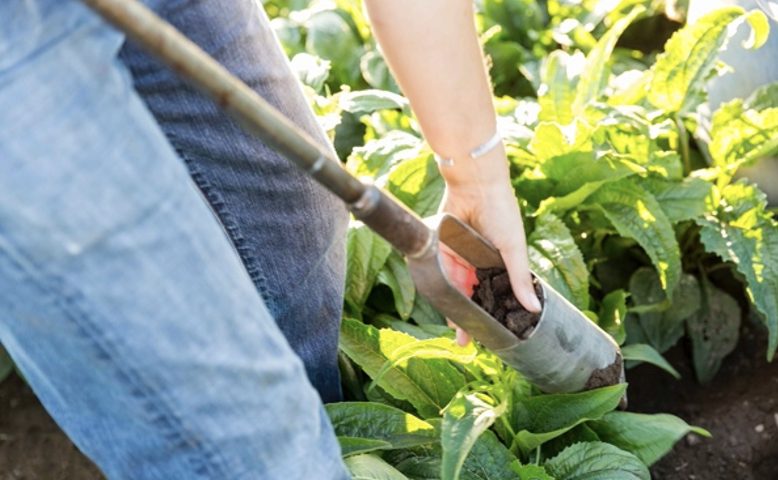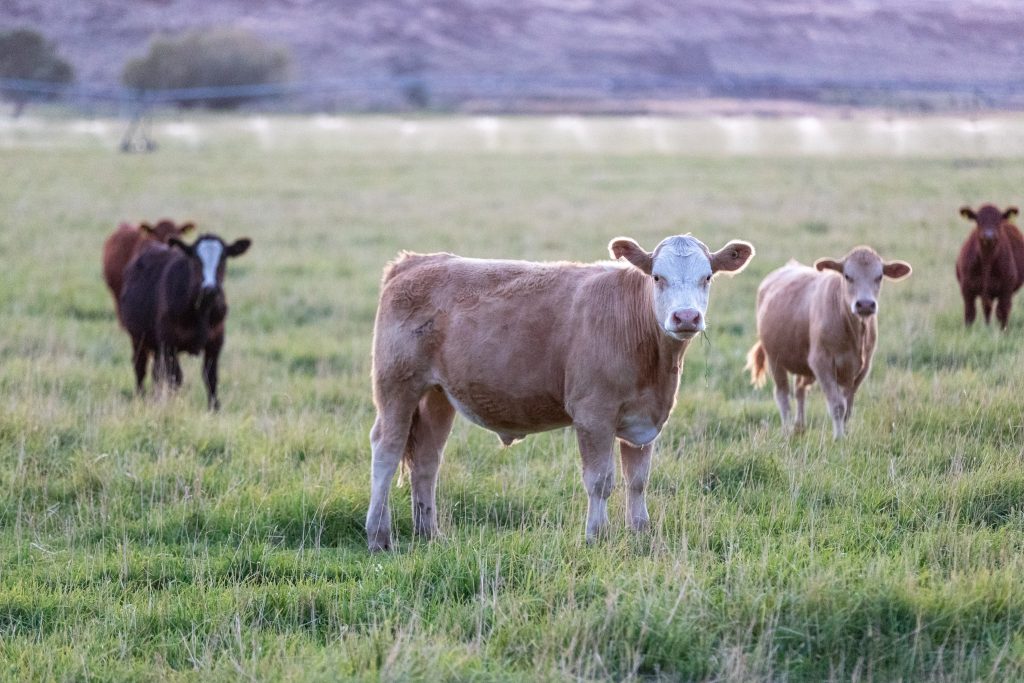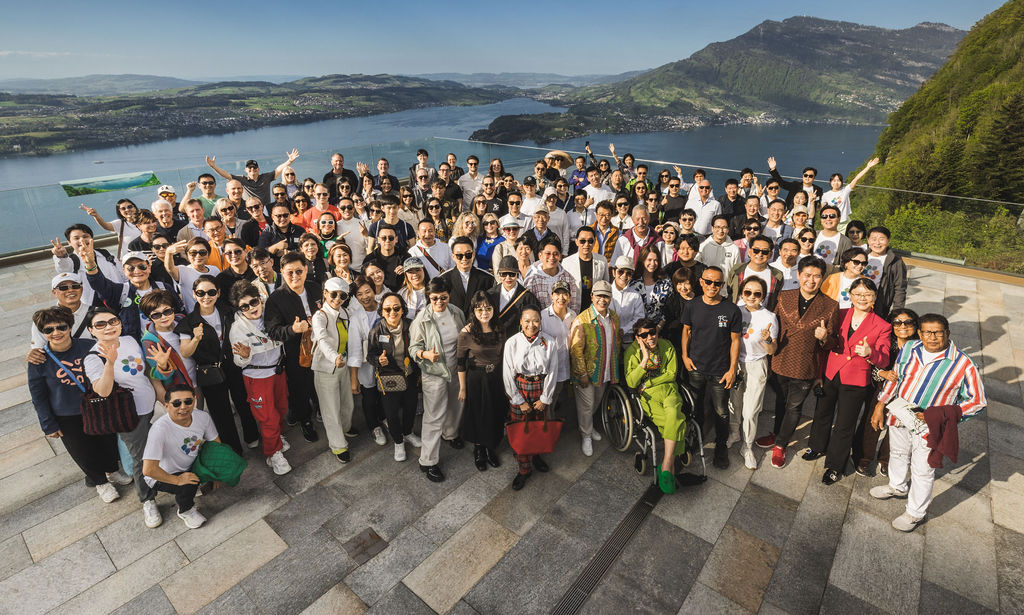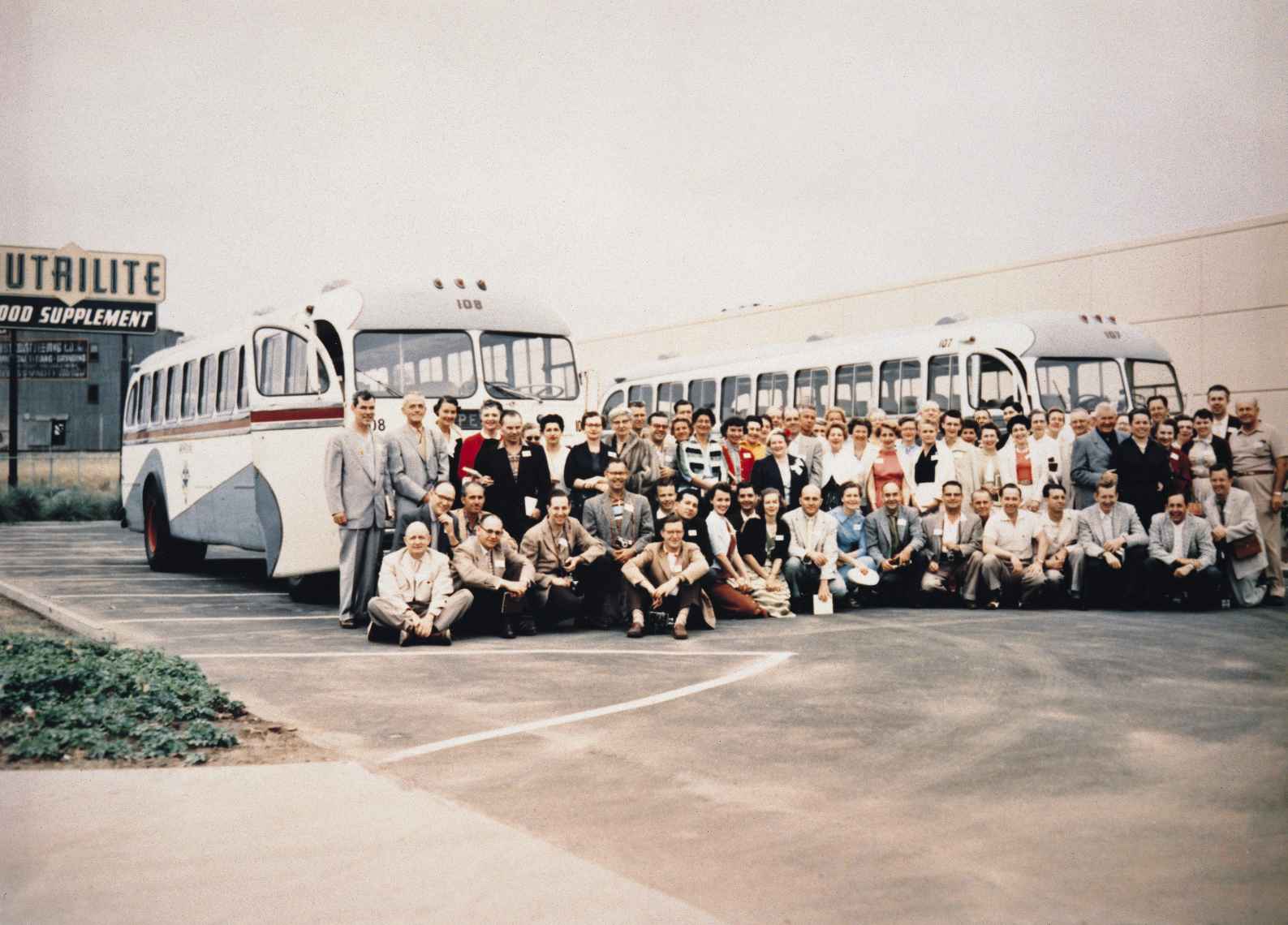I was interviewed recently in acknowledgement of the Nutrilite™ brand’s 90th anniversary today. It’s a lifelong legacy for me, and I’m excited to share the resulting story with you!
For Dr. Sam Rehnborg, Nutrilite is more than a supplement brand – it’s his lifelong passion. As the son of Nutrilite founder Carl F. Rehnborg, Dr. Sam was quite literally born into the business. From his earliest memories, he was immersed in his father’s work developing nutritional supplements.
To help celebrate the Nutrilite brand’s 90th Anniversary, and to accompany the release of The Nutrilite Story Third Edition, we sat down with him to discuss his legacy and continual growth with Nutrilite and Amway.
Can you tell us about your earliest memories with Nutrilite?

I was in Nutrilite before I was born, really. My earliest memories go back to when it was just my dad, my mom, and me. We lived on Balboa Island in a small one room apartment.
We’d visit my father in his small laboratory down the street where he worked on his products.
He loved to swim, and I’ll always remember how he would swim across the bay with me on his stomach.
I was his first test subject, in a way. It was a wonderful time in our lives.
Can you share more about what your father was doing to launch his business early on?
My parents separated when I was 3 or 4 years old. It was hard on my mom at the time because of how busy my dad was. She took me back east to Connecticut with her and tried to get things going in her life. My dad visited and brought me back to California after a while.
We moved to Los Angeles and lived in a small apartment where he could continue working on his products. The business started to grow during that period, and he found a 3-acre farm in the San Fernando Valley where he could harvest alfalfa to use in the products.
He would process the alfalfa in a small factory in Los Angeles. He rented another place nearby where he could package the product. This is where distributors would come to pick up their product supply. The business kept growing, so he found a 10-acre farm near Buena Park to continue supplying ingredients for his products.
Who were some of the people helping your father market the product during that time?

He found that the best way to sell Nutrilite was through women who were using the product themselves.
It really came down to a woman named Alma Stewart who was one of his first customers. She kept asking to sell the product, but he didn’t think she would be able to sell it. But she was persistent, and after another sales setback he decided to give her a try.
He gave her a 25 percent discount on the product and told her she could mark it up from there. She was immediately successful. And she became one of his first salespeople selling the product because she believed in it and lived it, because it changed her life. People were intrigued with my dad, but they could see themselves in Alma when she was talking about Nutrilite and being a product of the product.
At the same time, he needed to be closer to the farm, so soon after we moved to Buena Park where we lived and worked. That’s where everything really got started. The business took off.
What were some of your first jobs with Nutrilite?

Early on, I would work in my father’s laboratory sweeping the floor. Also, when I was about five or six, we’d go to the farm in the San Fernando Valley where my father harvested alfalfa.
My job was to pick walnuts and strawberries and sell them to people who came by. It was a great adventure for the family, especially during the war when gasoline was scarce and when we needed the extra money to make ends meet.
As the business started to grow, I would often go with my dad to make presentations about his products to potential customers.
During this time, he became known as the Vita-man and as his test subject, people would ask me questions and I would include in my answers that I ate my Nutrilite.
“Does your son use the products,” they would ask? He would say sure, and he would call me over to interact with me.
That would usually clinch the deal!
What were your early teenage years like?
The business started to grow when I was at that age, and as my father got more successful, and even before my teenage years, he sent me off to a military prep school to get a better education. As I grew up, I went to many different schools into my teenage years.
Going to so many different schools helped me learn how to take care of myself and connect with people. After I finished high school in Newport Beach, I went to Stanford for six years and then five years at UC Berkley for my Ph.D. I was always interested in the sciences. I studied chemistry, biochemistry and physical science, and then biophysics at Berkeley for my Ph.D.
How did your involvement with the company evolve as you got older?
In summers during school, I’d work on the farms or in the laboratories in a variety of different locations doing different jobs.
When I went off to college, I’d come back during holidays and work at the plant for about three months. I’d earn money to take back to school with me.
While I was at school, my dad would call me at least once a week to tell me what he was doing and to find out what I was doing. He was always really interested in my studies, especially when I got to graduate school.
What was it like when you officially joined the company after you received your Ph.D.?
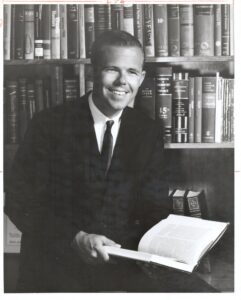
After I graduated, the business was at a crossroads. It was a tough time, and my dad was getting up there in years.
He said, “We need you back here at the company.”
So after a trip around the world visiting 40 different countries, I came back and started as Assistant to the President.
I jumped right into the thick of things and brought a lot of young people into the business to help me with the marketing, guys like Danny Rogers and John Brockman. At that time, Barney Bailey was incredibly helpful also.
What were some of the key challenges you faced early on?
Nutrilite had reached $50 million in sales but eventually dropped to $10 million because of the regulatory scrutiny we faced. The government temporarily shut us down, but we fought it in court and won. Then the government established regulations that ultimately worked in our favor because we finally knew what was permissible.
At the time, Dr. Stephen Tinkoff was running the company, he was a good leader, but his strength was not in sales and marketing. So, my responsibility was to help get us back to basics. We had to figure out how to sell the product effectively. We started by going door-to-door, but quickly realized that wasn’t the best approach.
We started traveling around the country, putting on meetings, and gradually built up our distributor groups. That was really the beginning of our success during that period.
What stands out for you about working with Nutrilite employees?
From the beginning my dad was always telling me that the most important asset you have are the people that are going to help you make and sell these products. He loved talking to employees and helping them understand why he was making these products, and why they ought to use them.
That’s why we always provided supplements for the employees to use, that’s always been part of it. It had to do with how the product was sold, the biggest thing was to have people use the product to be able to sell it – that meant the employees, too.
He also instituted profit sharing, which he believed to be tremendously important. We were one of the first companies to do so. He believed that for a business to be great, people had to be a part of it.
What does the Nutrilite and Amway family mean to you?
I feel like even though we all come from different backgrounds we are all the same in many ways and we all have the same potential. It isn’t about one single individual who has all the answers, everybody’s got to be a part of it. Everyone in this family is in it together. It’s about the camaraderie and respect for each other.
ABOs all over the world should feel the same way.
Can you tell us about the first time you met Jay and Rich?
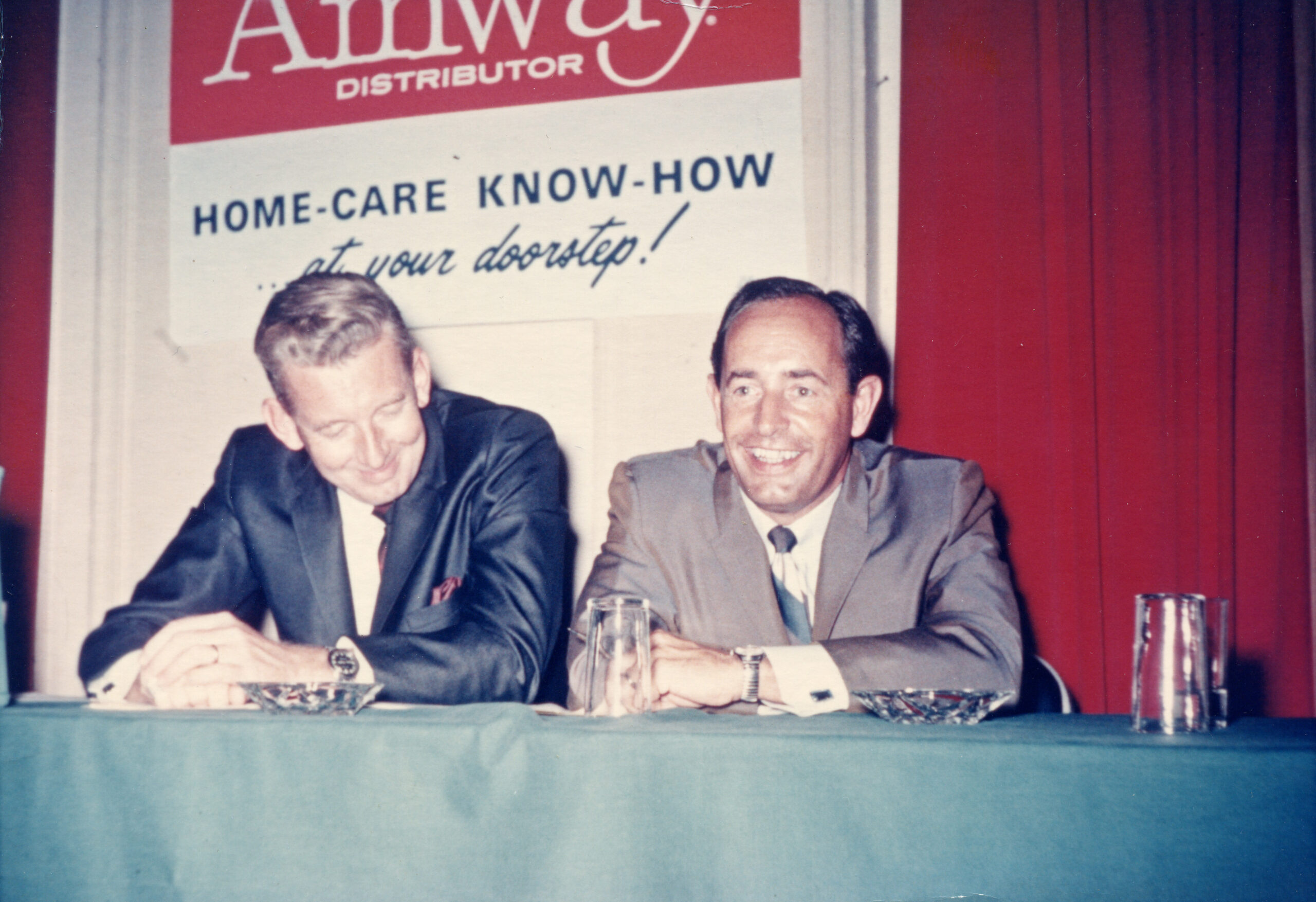
I was at a leadership meeting in Los Angeles with my father and he was most interested in having me meet Jay and Rich. He pointed them out to me and said they were really going to go places. He was excited because he knew they were the future of the business.
They wanted to know everything that I knew about Nutrilite. They both asked a lot of questions. Every time I ran into them after that, they wanted to talk to me to get my perspective on how Nutrilite was doing.
They had started their Ja-Ri business at that point, but they always maintained a line between Nutrilite distributors and Amway distributors before we merged. Joining with Amway was a big step and my trust in Jay and Rich helped make the process possible.
What do you consider to be the most rewarding aspect of your career?
The most rewarding aspect is really helping people understand what they are eating and why our products could be added to their diet to help them have better nutrition and a healthier life.
Can you tell us about the “product of the product” philosophy?
That came from my dad. He always said the best way to sell the product was to use the product.
It was about getting more people to embrace the product as part of their lifestyle, not just making a one-time sale.
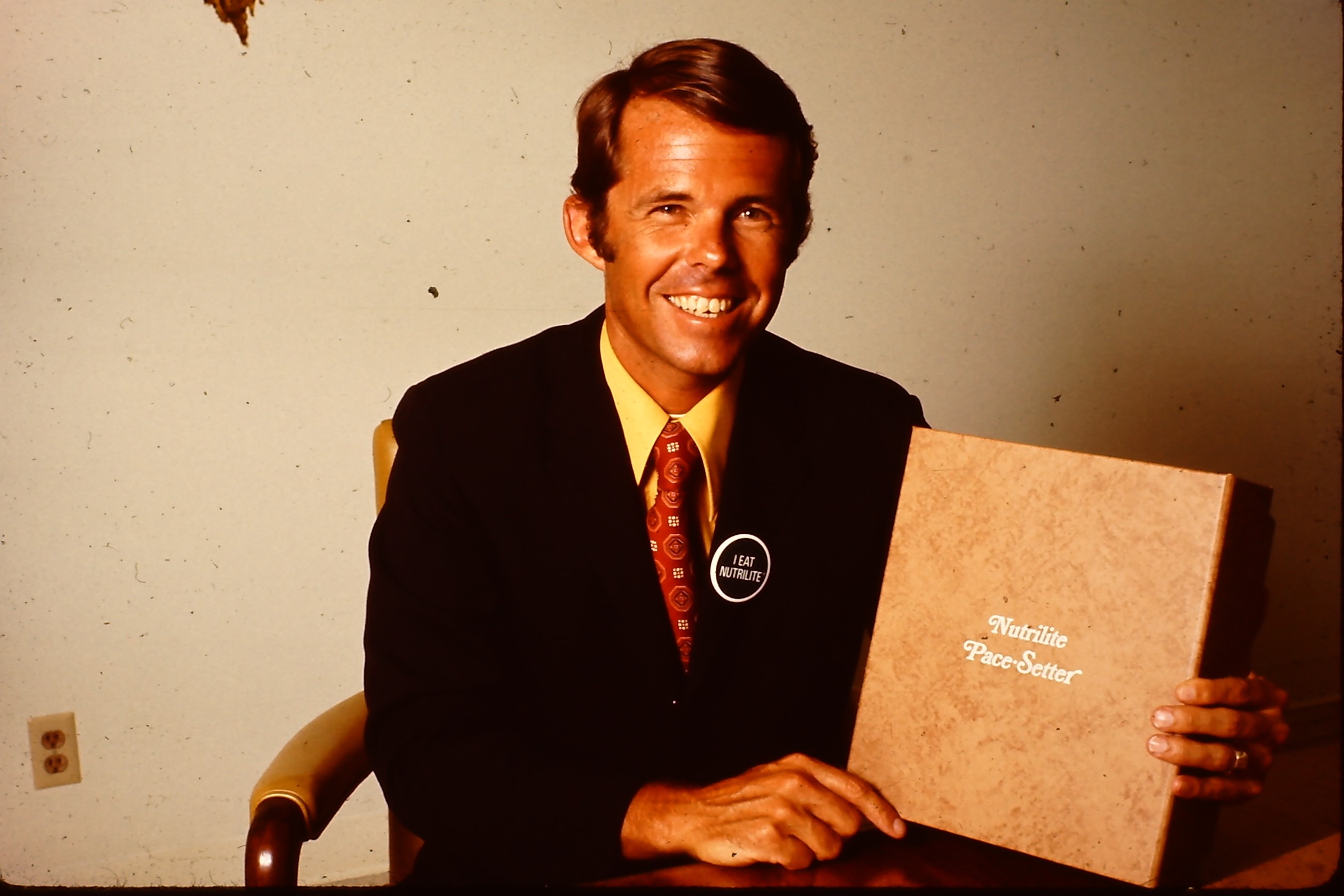
How has Nutrilite evolved since your father’s time?
The big evolution was certainly expanding internationally. My father always wanted to get back to China and other parts of the world. That’s where I got involved too, figuring out how to start companies overseas. Joining with Amway allowed that global expansion to happen.
How have you achieved work life balance in your career?
I’ve always felt that work, love and play are all part of it. You’ve got to get them all in there, you don’t just focus on one or the other. It’s about finding something that you really love doing and getting after it. You want everybody to have the opportunity to have a full life, whatever role they’re playing. It’s especially true today. We need to keep connected.
Which Nutrilite product are you most proud of and why?
Obviously, it’s the Double X™ supplement. It’s Amway’s number one product and it’s the most complete product with all its components as close to nature as it can be while being effective. And it’s continually being improved. When my father came up with it, he was basically saying to people that embracing his products meant embracing a healthy lifestyle.
Looking to the future, what excites you about Amway and the Nutrilite™ brand’s potential?
I’m excited about what we can do at places like our farms to help people better understand this magnificent planet and the world we live in. How can we make it a better place, and what can we do to help people embrace that and understand it?
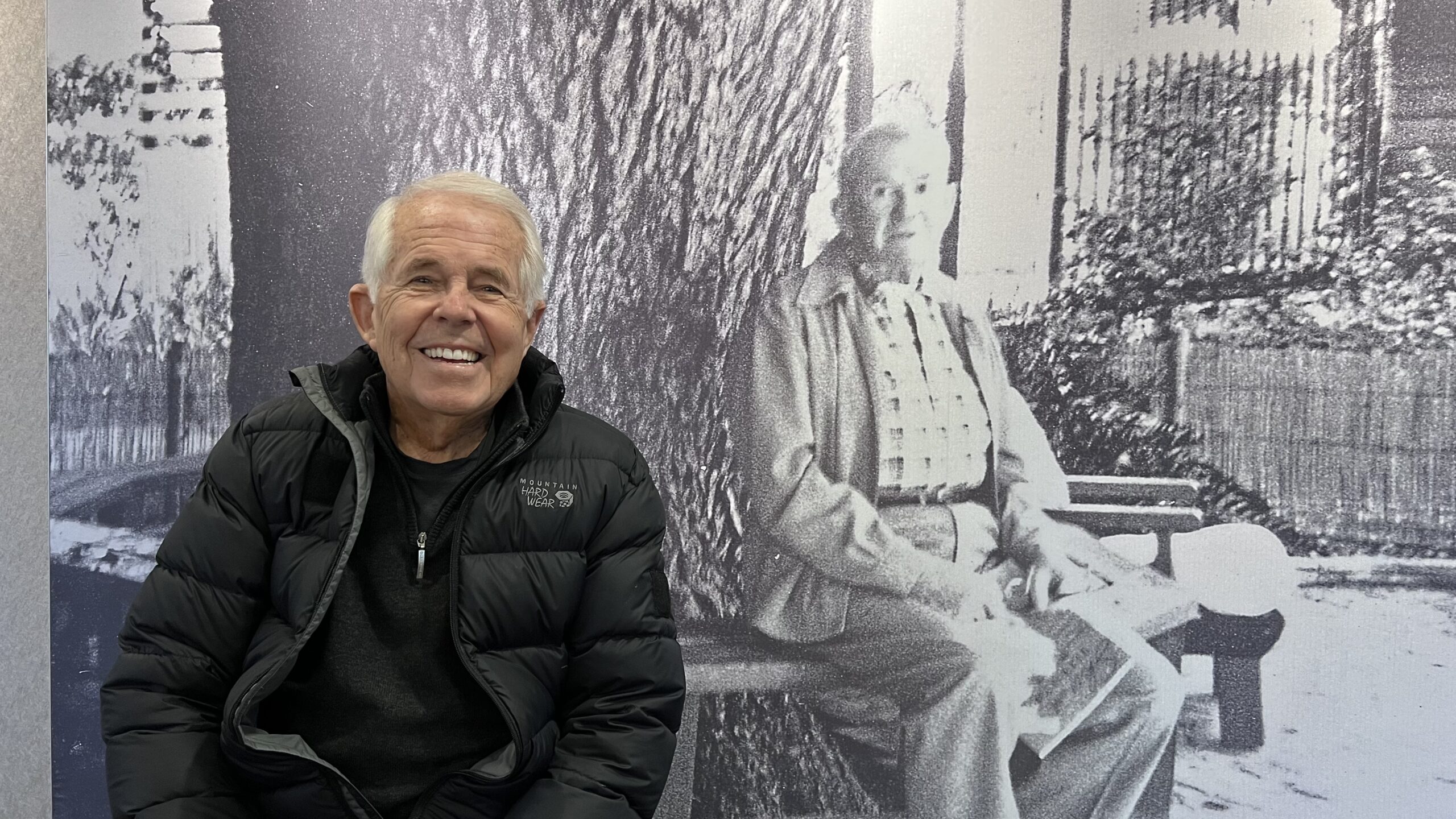
We can’t just wait for a problem to occur and then try to solve it. We need to plan and prevent problems from occurring in the first place. We’ve got to embrace this approach – our Health and Wellbeing – to protect our futures. We need to take care of everything – the people, the plants, the living creatures, the oceans, the land.
That’s what I’m passionate about now.


